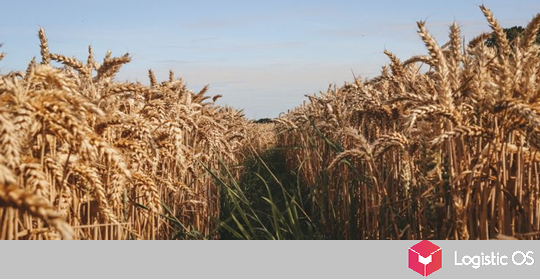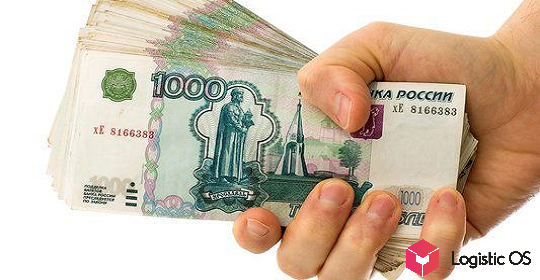Global grain exporters are beginning to view Indonesia as a significant buyer, which will be able to increase its purchase volumes over time.
Indonesia is a country with a fairly developed agriculture sector, accounting for about 12% of GDP.
Despite this, the country does not produce wheat on its own; the crops that are mainly produced on its territory are palm oil, rice, corn, and soybeans.
At the same time, Indonesia today has a large number of flour mills, with a total capacity of over 14 million tons per year.
All of these enterprises operate exclusively on imported raw materials. Wheat is also important for the feed industry.
As a result, Indonesia’s total wheat imports today amount to about 11 million tons of grain per year.
According to experts, this volume may increase in the foreseeable future due to an increase in the general well-being of citizens in Indonesia, an increase in the share of the middle class, and the transition of part of the population to new food products, among which wheat flour products occupy a significant share.
The poverty level in the country is relatively low, about 10%, and continues to decline.
Last year, the level of wheat consumption by the population of Indonesia was about 9 million tons, and there is confidence that it will continue to grow this year.
Local flour mills produce almost 100% of the flour used by bakeries, noodle and cake manufacturers located in this country.
Interestingly, the high prices for rice that are currently established in Indonesia have led to many families, especially those with low incomes, having to switch to consuming instant noodles, which are made from wheat.
Thus, wheat is becoming an integral part of the life of not only the middle class, but also poor people.
All this makes Indonesia a promising importer of agricultural products. Already now, its volume of purchases is about 28 billion dollars per year.
Indonesia buys not only wheat, but also a number of other agricultural crops. These include rice, soybeans, beef, fruits.
The main suppliers of agricultural products from which Indonesia mainly purchases them are countries such as Australia, the United States, Brazil, India and China.
If all supplies from these countries are added up, they will make up about 58% of the total volume of Indonesian agricultural exports.
Thus, entering the Indonesian market would be interesting for many wheat exporters, but high competition may complicate this process.

